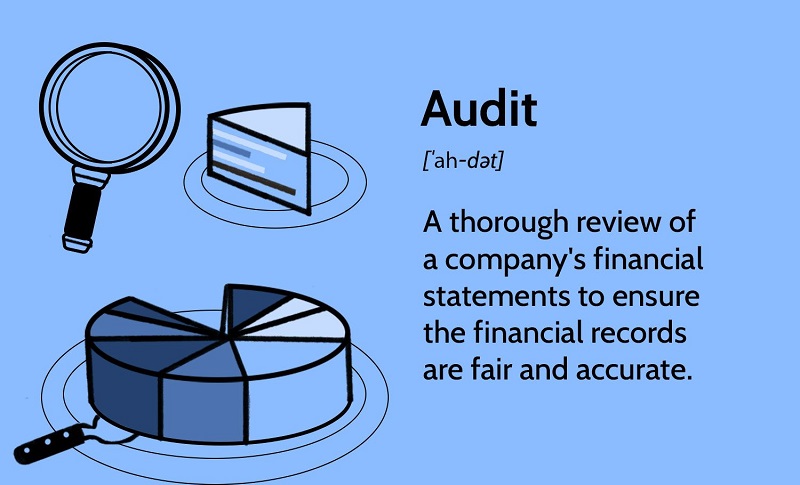Demystifying the Financial Audit Process: A Step-by-Step Guide for Growing Businesses

Financial audits can feel overwhelming for many business owners. The process may seem complex and unclear at first. A deeper look shows that it follows a clear path. Each stage has a purpose and value. Understanding it can make the experience smoother. With the right preparation any business can handle it well. Companies such as Suralink make this process simpler with better tools and clear communication. This guide explains each stage. It shares what to expect and how to approach it.
Planning the Audit
The first stage is planning. This is where expectations are set. The auditor meets the business team. Goals are discussed in detail. Timelines are established early. The scope of the review is agreed. Key documents are identified at this time. Clear planning builds trust from the start. Businesses that provide full cooperation see smoother results. Suralink supports this stage with effective request management. A strong plan keeps the audit focused and efficient.
Data Collection Stage
The second stage is data collection. The auditor requests needed records. All financial statements are reviewed. Supporting documents are gathered. This can include bank records and invoices. Contracts and receipts may also be required. Timely sharing of data speeds the process. Organized records reduce delays and questions. The audit team checks that all items are complete. This stage requires accuracy and transparency from the business. Good preparation ensures a faster review. Choosing the financial audit process would be essential here.
Testing the Records
The fourth stage is testing. The auditor checks samples of transactions. Specific entries are examined in detail. Evidence is matched to supporting documents. This confirms accuracy and compliance. Any gaps or errors are noted. Testing may also include examining how controls work. The depth of testing depends on earlier risk findings. Strong initial records make this stage easier. Testing gives real proof of financial health. Consistency in the records builds trust with stakeholders.
Reporting the Findings
The final stage is reporting. The auditor prepares a clear report. It explains the scope and work done. Findings are presented in simple terms. Strengths and weaknesses are outlined. Recommendations for improvement are given. This report is shared with owners and stakeholders. It can guide future business decisions. Audit reports also improve credibility with partners. A clear report adds long term value to the business. Following the full process prepares the company for growth.
Growing businesses benefit from understanding each audit stage. Planning sets clear goals. Data collection builds a strong base. Risk assessment gives a sharp focus. Testing confirms facts and figures. Reporting shares valuable insight and direction. With tools from Suralink the process is streamlined and organized. Each stage helps the business grow stronger. An informed approach turns the audit into a strategic advantage. Businesses that engage fully gain more than just compliance. They gain knowledge and confidence for the future.







